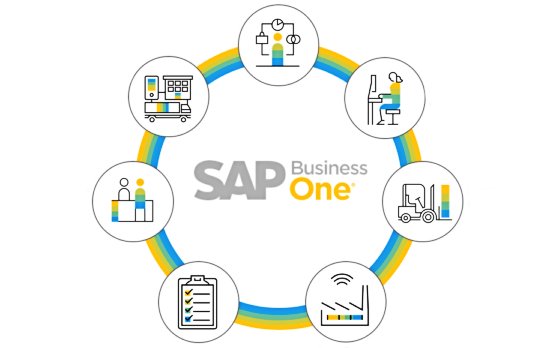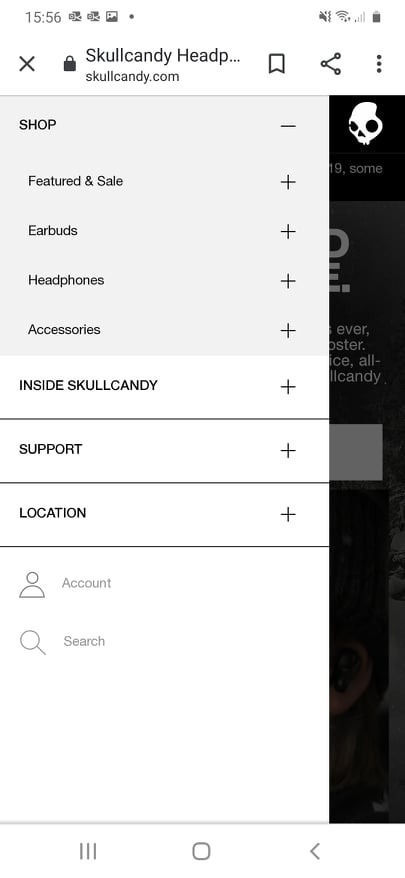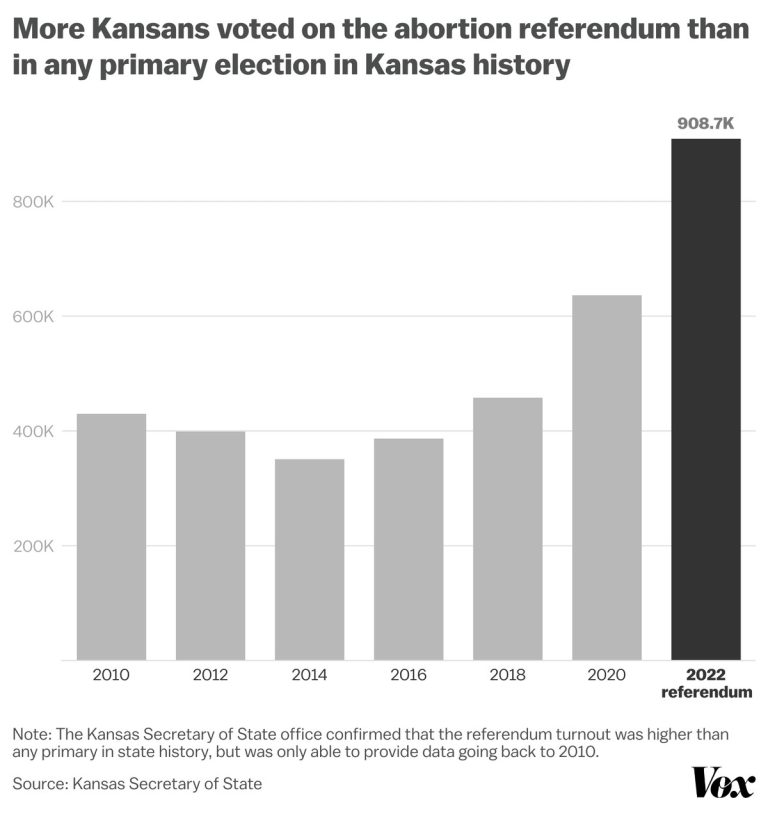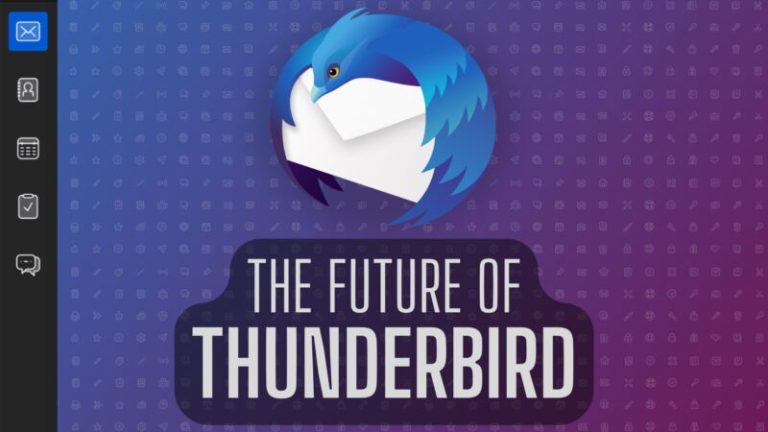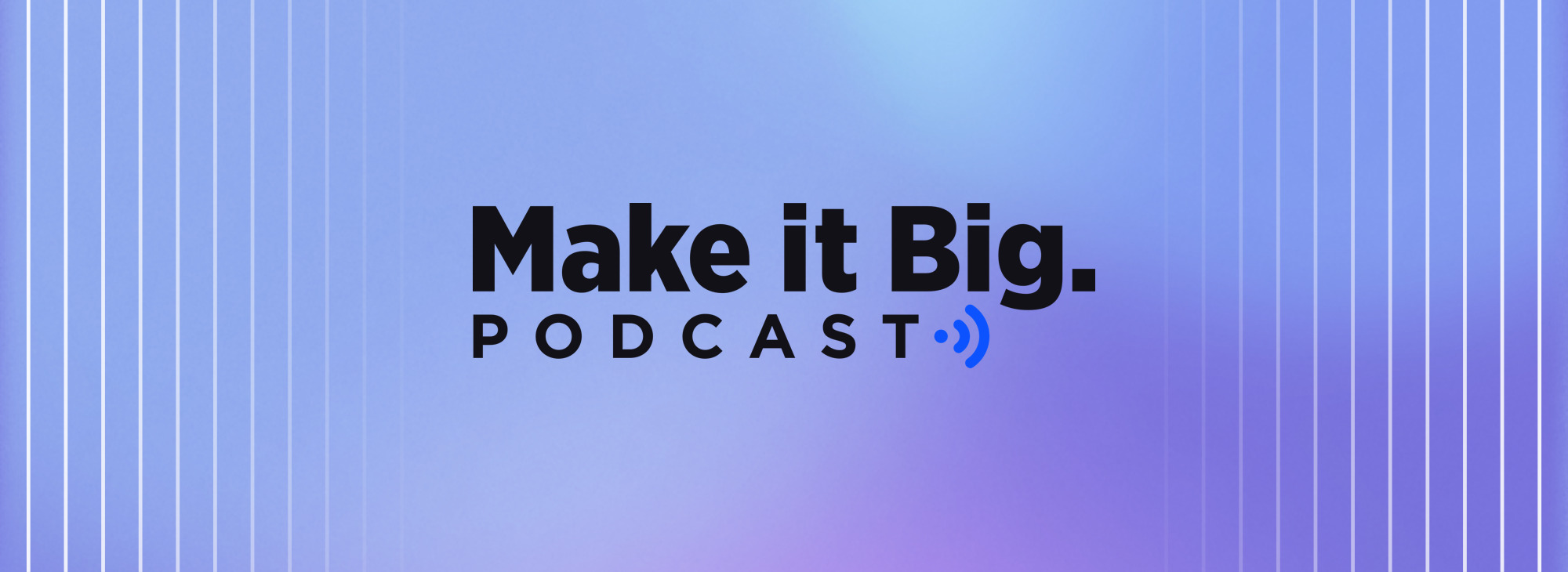
Welcome to The Make it Big Podcast, a bi-weekly audio series about all things ecommerce by BigCommerce.
One idea written on a napkin is what changed the future for Ryan Deiss, Founder and CEO of DigitalMarketer and Scalable Co. In this episode, Ryan joins BigCommerce’s Lauren Riazzi to discuss his path to success and ways to unlock the next stage of growth.
Learn how you can take an entrepreneurial idea and expand your business to new horizons — plus, how technology can make or break your strategy.
All episodes of The Make it Big Podcast are now available on Spotify, Apple and Google.
The Make It Big Podcast: Episode 5
Lauren Riazzi: In your opinion, what are the top three things business leaders need to focus on to build a successful business?
Ryan Deiss: “Yeah, I mean, there’s a lot of just, I would say table stakes. I mean, obvious things that you need to do in terms of helping to set the company vision and all that, that’s there. I think the most important thing that I’ve had to wrap my head around is shifting from focusing on creating all the strategy to really picking like, ‘What is our company’s north star? What is the one big thing that we’re going to focus on?’ And for us, we do it quarterly, and we may roll over the same ‘north star’ from quarter to quarter, but the selection of that, being able to say, ‘Okay, we are going to focus this quarter on this one particular metric. How do we align everybody around this one metric?’ That is the thing that is the difference between growth and scale.
“Growth is like picking the right projects to do, and that’s going to get you to a certain point, but if you really want to go from growth to scale, it’s less about doing stuff, and even picking the right projects, and more about picking the right metrics that you want to move and getting everybody aligned to that. I’d say that’s the biggie. The other thing, it’s said a lot, but just recruiting and having great people. I mean, that is the thing that has made the biggest difference. We have found time and time and time again that if we weren’t growing, it’s because we had maybe somebody that was really great, somebody that we really liked, but the kind of the right person in the wrong seat.”
LR: You’ve challenged a lot of businesses to ask the question, “How will you go about acquiring customers profitably and predictably?” This ties back to customer value optimization, a term that you actually coined earlier in your career. Walk us through what customer value optimization is and why it’s so important for businesses of all shapes and sizes to focus on.
RD: “Customer value optimization flips the script on conversion rate optimization. When I was coming up in marketing, in digital marketing in particular, everybody was focused on optimizing their conversion rates. What I found is that there’s really a lot of diminishing returns there. I mean, we would run a ton of split tests, and the kind of the dirty secret about split testing is, most of them don’t move the needle at all. They just don’t. And we would try a lot of stuff and there’s interesting stories like, ‘Ooh, we changed the color of this buy box from blue to green and increased conversion rates 18%.’ And it’s like, ‘Okay, well, what was the actual net effect of that?’
“So after jumping through these hoops and doing all this stuff and finding I’m not making any more money, I was like, ‘What’s more important than this?’ What we realized is that the most important thing that we could focus on, and really piggybacks off of what I was talking about in the outset about what’s your north star, our very first north star, when we solidified it was, ‘Let’s increase our average customer value. What is our average customer value? Let figure it out.’ And that’s easy enough to figure out. You take how much revenue you generated over a certain period, you divide it by the number of customers you acquired, boom, you got it, right? And maybe you might do like a 90-day customer value or something.
“But what I said was, ‘If we can focus on this, forget conversion rate optimization, if we can increase the value of each and every customer that we have, then not only are we going to generate more revenue, but what we can now do is we can actually scale our growth without having to sacrifice overall margins.’ In simple terms, if you double your average customer value, which I’m not saying is easy, but if you are able to double your average customer value, you could theoretically spend twice as much to acquire a customer at the same net margin, right? And I’ve always believed that he or she who’s able and willing to spend the most to acquire a customer wins.”
LR: Businesses can’t scale overnight. It’s really important to be more intention-focused versus trying to grow as fast as possible. What’s the key strategy to setting ambitious but realistic business goals?
RD: “First, it’s got, and again, this sounds cliché, I’m going to say it anyway though because I was so awful at it, and that’s you need to make decisions based on data. The reason that I say it, and I say this for all the entrepreneurs out there who are like me, who have good instincts, and those instincts have taken you very, very, very far, and so, you’re less inclined to look at the actual data because you know why something isn’t working, right? And I’m throwing up the air quotes there. Like, ‘Oh, I know why that’s not working,’ or, ‘Oh, I know what will work,’ or, ‘Oh, I know what we should do because I’m so experienced and I’ve been doing this for so long.’ I cannot tell you how often I’ve been wrong.”
LR: We can’t have you here and not talk about all the ways you can leverage your marketing channels to promote healthy business growth. Based on what you’re seeing in the market right now, what would you recommend businesses focus on?
RD: “Well, I’ll tell you that I think that we’re about to see a shake like we haven’t really seen in a while, we’re increasingly moving into a cookieless world.
“I think a lot of digital marketers in particular, they don’t know what marketing is without having cookies and tracking pixels and all this other stuff to use at their disposal to do retargeting and hyper-targeting and all this stuff. A lot of that, not all of it, companies are still going to figure out a way to do it, but a lot of it is going to go away or be rendered less effective, which means if you are on the edge of like, “Well, these campaigns are doing okay. They’re a little bit profitable, maybe they’ll lose some money, but they’re doing okay,” those will be done. Again, I think it’s all going to be fine because the way that it shakes out is, if there’s less people in, the folks that are at the top, you’re just going to have more consolidation, for better or worse. I mean, the rich will get richer. So, if you’re rich, yay. If you’re not, you better get rich fast.
“I think, in an increasingly cookieless world, the thing that is going to matter, first and foremost, is messaging, copywriting. Everybody forgets about it, but I remember marketing pre-cookie, I remember marketing before Facebook and Google had any kind of retargeting. Before you could do custom audience. Before you could do any of this stuff. And the way you want is, you had to figure out, ‘Where’s our audience hanging out? Where are they?’ Right? Oftentimes, people, they talk about your market, and they think about your market as a person, as a who.
“The market is not a who, the market is a place. Where are they? That’s what you got to figure out. And then it’s, ‘Okay, how can I put a message in front of them that when they see it, they will take action? They will notice and take some action based on what I said?’ That’s what marketing used to be. And advertising and buying traffic. That’s simply the amplification of what? The amplification of a message. I think marketers have been able to get super lazy with their messaging, they have been writing kind of crappy, boiled chicken copy, because they were able to so carefully target. I think it’s going to go back to the ‘olden days,’ where a lot of it is going to look a lot more like mass media.”
LR: You talked a lot about messaging where the merchant is or your customer is, to me, that also includes where they are in their buyer’s journey, where they are in that full funnel of marketing. What is your advice on getting the right message at the right place at the right time?
RD: “Yeah, it’s a really great question. In the past, I would have said, well, you can leverage cookie-based retargeting to say, ‘Okay, if somebody opted in here, but they didn’t yet buy, you know that they’re kind of at that subscribe stage of the buyer’s journey, but if they didn’t move on to the next one, then we’re going to need to re-target them with some additional content to get them to move forward.’ This is all harder in a cookieless world, right? We don’t necessarily have access to all of this.
“Now, again, it isn’t gone yet, but having the ability to collect that data and say, ‘Okay, this person on our end, we know because we’re running a powerful CRM or something like that, this person on our end, they made it to this page,’ and then you’re feeding that data back to Facebook and Google so that you can still re-target based on the stage. That is still such a powerful thing that we have. I mean, you think about from a merchant perspective, somebody came, they purchased some items from your store, they left without taking some other items that they could have, the ability to follow up and say, ‘Hey, you forgot this, this is great,’ that is so incredibly powerful. And that is what you’re talking about.“
For full episodes, stream The Make it Big Podcast on Spotify, Apple and Google.

